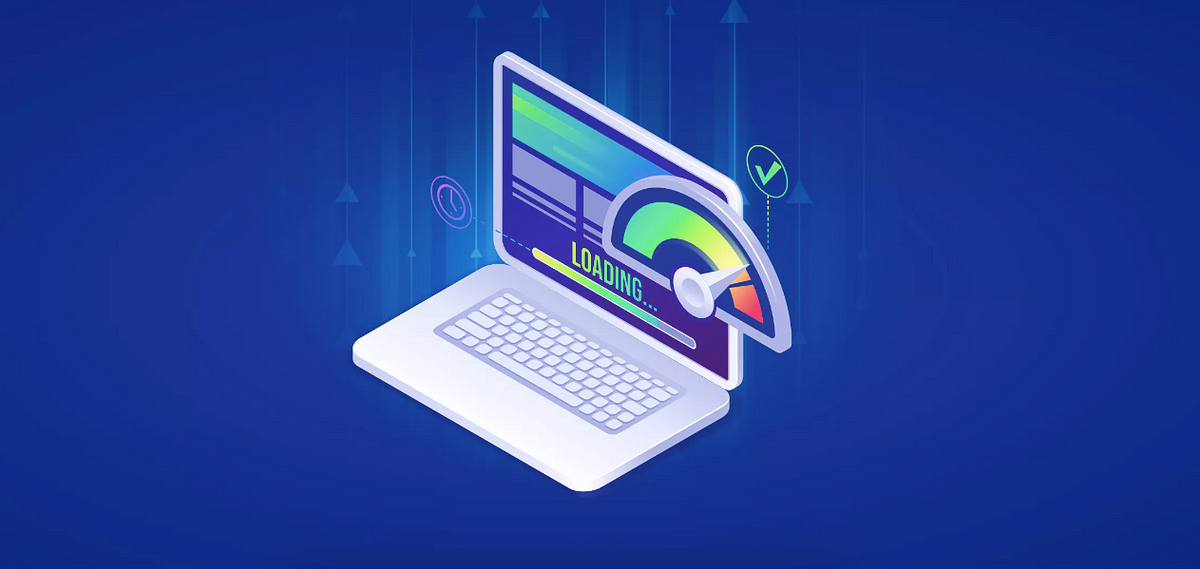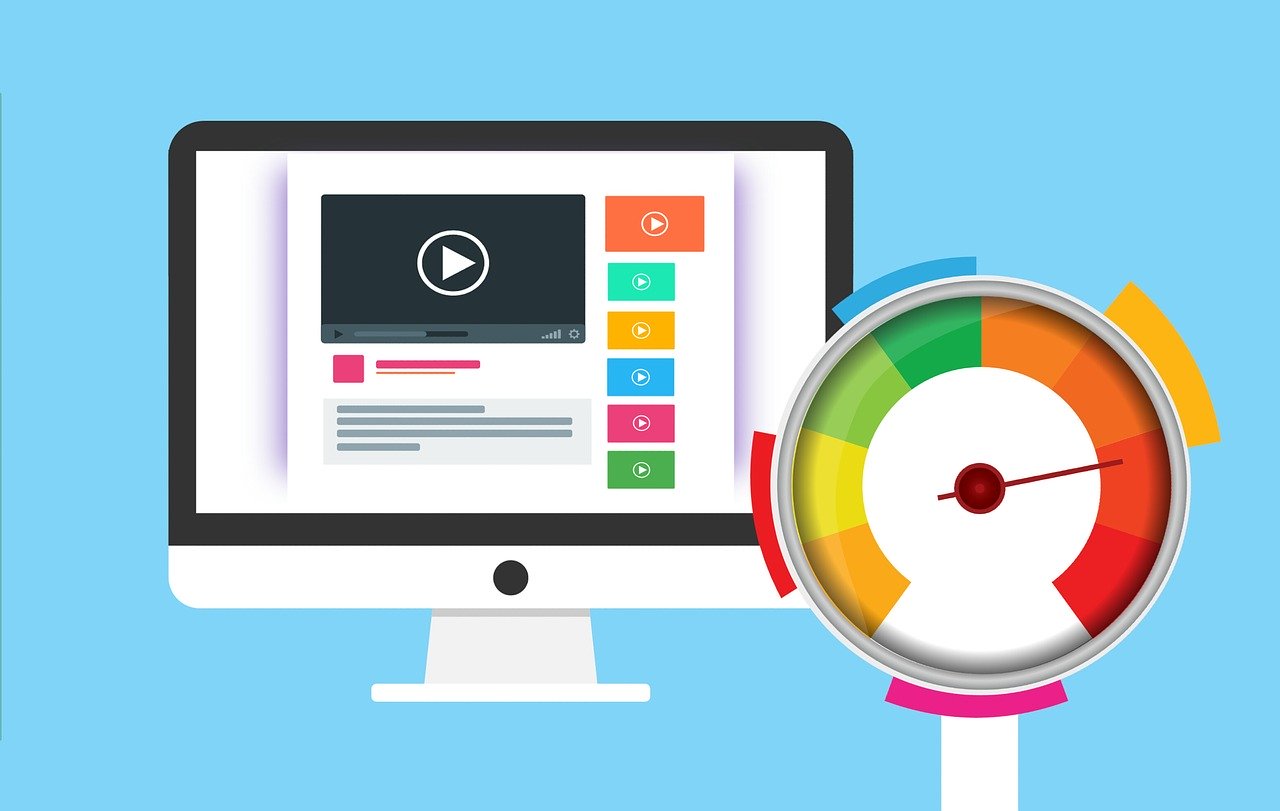Office Address
DSB 267 FF, OPPOSITE AGGARSAIN BHAWAN HISAR 125001
Phone Number
+91 90344-38894
+91 81681 - 38304
DSB 267 FF, OPPOSITE AGGARSAIN BHAWAN HISAR 125001
+91 90344-38894
+91 81681 - 38304

For businesses looking to maximize their online presence, optimizing the website for better conversion rates is crucial.
Conversion rate optimization (CRO) involves improving various aspects of your site to encourage visitors to take desired actions, such as making a purchase, signing up for a newsletter, or filling out a contact form.
As the best digital marketing company in Hisar, we understand the importance of CRO and how it can significantly impact your bottom line. Here’s a comprehensive guide on how to optimize your website for better conversion rates.

Understanding Conversion Rate Optimization (CRO)
Before diving into the strategies, it’s essential to understand what CRO is and why it matters. Conversion rate optimization is the systematic process of increasing the percentage of website visitors who complete a specific action. It involves understanding how users navigate your site, what actions they take, and what stops them from completing your goals.
A well-optimized website enhances the user experience, builds trust, and ultimately drives more conversions. Here are some effective strategies to optimize your website for better conversion rates:
1. Improve Website Speed
Website speed is a critical factor in user experience and conversion rates. Slow-loading pages can frustrate users, leading to higher bounce rates and lower conversions. According to research, a delay of just one second in page load time can reduce conversions by 7%.
To improve your website speed, consider the following:
– Optimize images: Compress and resize images to reduce load times.
– Minimize HTTP requests: Reduce the number of elements on your page, such as scripts, images, and stylesheets.
– Enable browser caching: This allows returning visitors to load your site faster.
– Use a Content Delivery Network (CDN): Distribute your content across multiple servers to ensure faster delivery to users.
2. Enhance Mobile Responsiveness
With the increasing number of mobile users, having a mobile-friendly website is no longer optional. A responsive design ensures your website adapts to various screen sizes and devices, providing a seamless user experience.
Mobile responsiveness is crucial for conversions because it directly impacts how users interact with your site. A poor mobile experience can drive potential customers away. As the best digital marketing company in Hisar, we emphasize the importance of mobile optimization for achieving higher conversion rates.
3. Clear and Compelling Calls-to-Action (CTAs)
Your calls-to-action play a significant role in guiding users toward conversion. CTAs should be clear, compelling, and strategically placed throughout your website. Here are some tips for effective CTAs:
– Use action-oriented language: Encourage users to take action with phrases like “Buy Now,” “Sign Up,” or “Get Started.”
– Make CTAs stand out: Use contrasting colors and prominent placement to ensure CTAs catch the user’s eye.
– Test different CTAs: A/B testing can help determine which CTAs resonate best with your audience.
4. Simplify Navigation
A cluttered or confusing website can hinder user experience and reduce conversions. Simplify your website navigation to make it easy for users to find what they’re looking for. Here are some ways to improve navigation:
– Use clear labels: Ensure that menu items are descriptive and easy to understand.
– Limit menu options: Too many options can overwhelm users. Stick to essential menu items.
– Include a search bar: A search function allows users to quickly find specific information.
5. Optimize Landing Pages
Landing pages are crucial for driving conversions. They should be focused, relevant, and designed with a specific goal in mind. Here are some tips for optimizing landing pages:
– Match ad copy: Ensure that your landing page matches the message and offer in your advertisements.
– Use social proof: Testimonials, reviews, and case studies can build trust and credibility.
– Keep it simple: Remove distractions and focus on the key message and desired action.
6. Leverage A/B Testing
A/B testing, or split testing, involves comparing two versions of a web page to see which performs better. This method can help you make data-driven decisions to optimize your website for conversions. Test different elements such as headlines, images, CTAs, and layouts to determine what resonates best with your audience.
7. Build Trust with Your Audience
Trust is a crucial factor in driving conversions. If users don’t trust your website, they are unlikely to take action. Here are some ways to build trust:
– Display security badges: Show SSL certificates and other security seals to reassure users that their data is safe.
– Showcase customer testimonials: Positive feedback from satisfied customers can boost credibility.
– Provide clear contact information: Make it easy for users to contact you with any questions or concerns.
8. Use High-Quality Visuals
Visuals can significantly impact user engagement and conversions. Use high-quality images, videos, and graphics to create a visually appealing website. Ensure that visuals are relevant to your content and help convey your message effectively.

9. Monitor and Analyze User Behavior
Understanding how users interact with your website is crucial for optimizing conversions. Use tools like Google Analytics to track user behavior, identify drop-off points, and uncover opportunities for improvement. Regularly analyzing data can help you make informed decisions and continuously optimize your site.
10. Provide Excellent Customer Support
Offering excellent customer support can enhance the user experience and drive conversions. Implement live chat, provide detailed FAQs, and ensure prompt responses to customer inquiries. A responsive and helpful support system can make a significant difference in converting visitors into customers.
Conclusion
Optimizing your website for better conversion rates requires a comprehensive approach that focuses on enhancing user experience, building trust, and making data-driven decisions. As the best digital marketing company in Hisar, we understand the intricacies of conversion rate optimization and are committed to helping businesses achieve their goals.
By implementing these strategies, you can create a website that not only attracts visitors but also converts them into loyal customers. Stay ahead of the competition and maximize your online potential with effective CRO techniques.